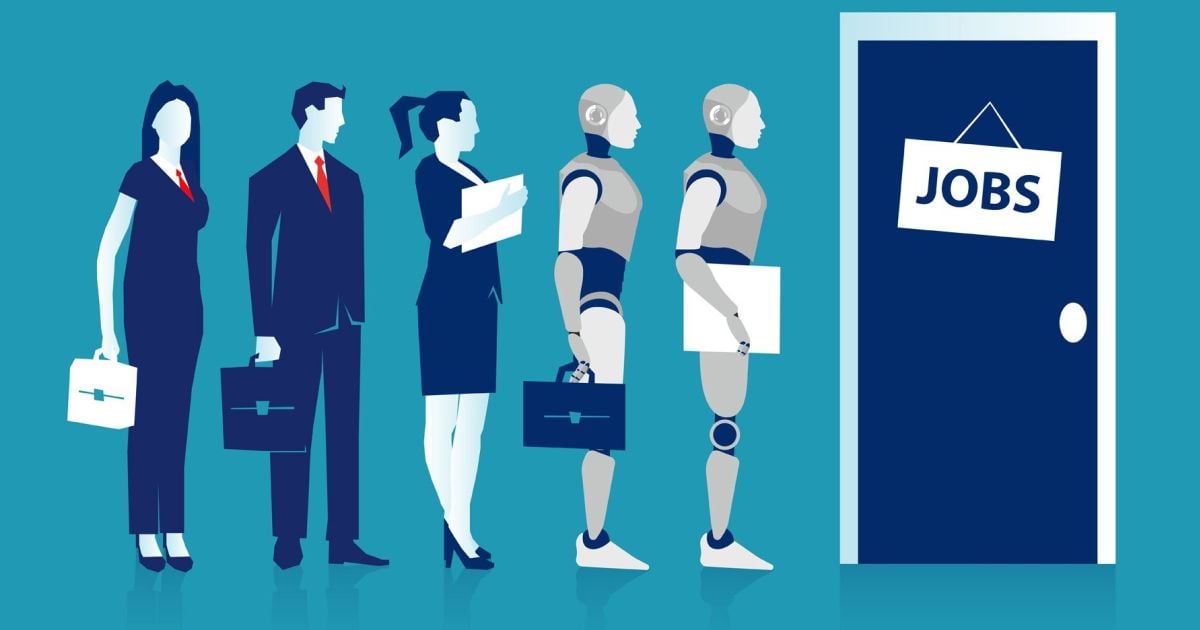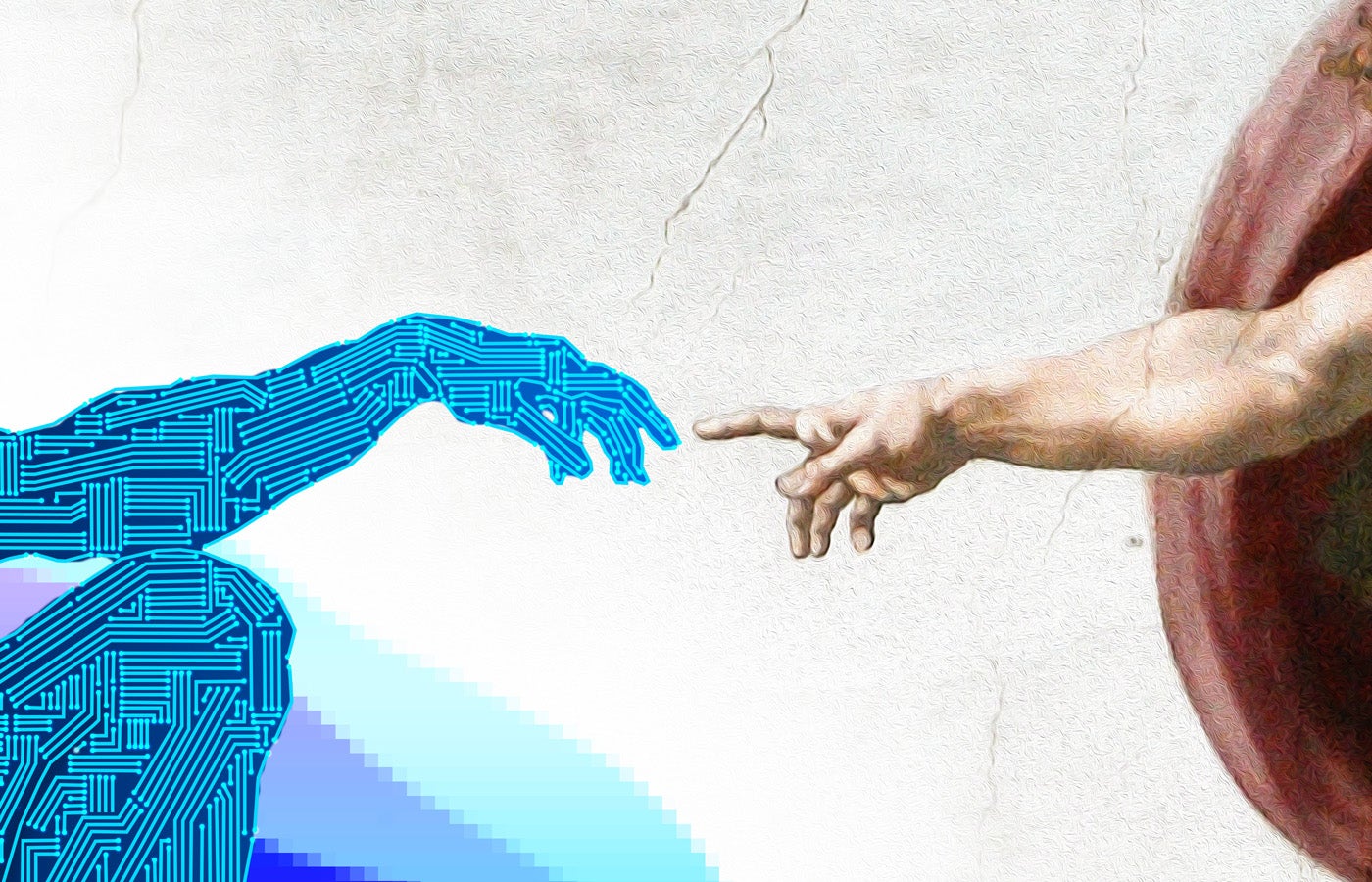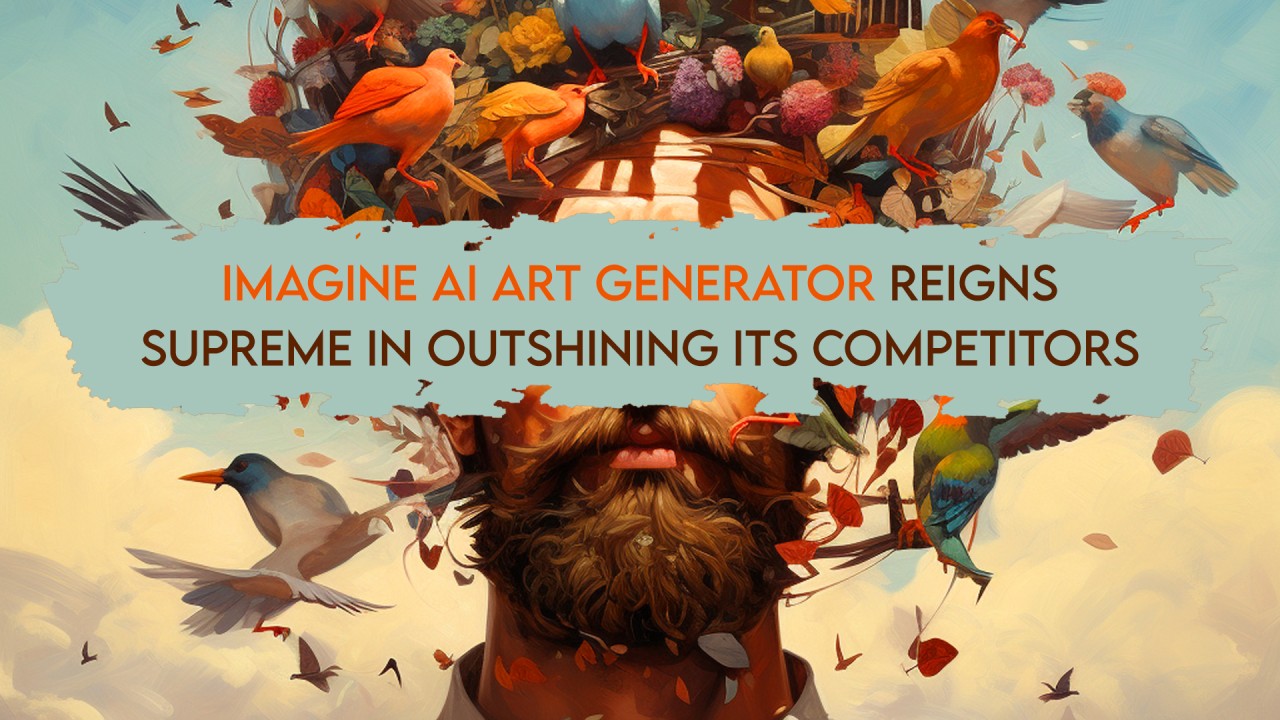Artificial Intelligence (AI) is revolutionizing how businesses operate. This quick overview highlights how AI transforms decision-making, operations, and customer engagement, playing a pivotal role in driving innovation and efficiency across various industries.
I want introduce you examples of a businesses that successfully implied AI technology in their business model and now actively using it.

E-obuwie: Revolutionizing Footwear Retail with Cutting-Edge Technology
At the forefront of online footwear retail, e-obuwie stands as a prime example of how advanced technologies, particularly Artificial Intelligence (AI), have reshaped the shopping experience. Founded on the principle of delivering top-notch service and an extensive selection of footwear, e-obuwie seamlessly integrates AI into its business operations.
E-obuwie takes customer satisfaction to a new level by introducing 3D foot scanning technology. This innovative approach ensures a perfect fit for every pair of shoes. Customers can undergo a quick and accurate 3D foot scan, allowing e-obuwie to recommend footwear tailored precisely to their unique foot dimensions. This not only eliminates sizing concerns but also enhances overall comfort and reduces the likelihood of returns. By incorporating 3D foot scans, e-obuwie transforms the shoe shopping experience, providing customers with personalized recommendations that align seamlessly with their individual foot anatomy.

Chatbot Assistance:
E-obuwie streamlines customer support through AI-powered chatbots. These intelligent virtual assistants are designed to answer queries, provide product information, and guide users through the purchasing process. This ensures prompt and efficient customer service, contributing to a smoother overall shopping journey.

With this technology you now don’t have to spend hours to find a perfect shoes. You just need to choose the most suitable one from the AI recommended . This makes the whole shopping process more enjoyable and less time-consuming.

Laneige, a frontrunner in the beauty industry, redefines skincare through a strategic embrace of advanced technologies. Artificial Intelligence (AI) takes center stage in their business model, enhancing customer experiences and product efficacy.
AI-Powered Skin Analysis:
Laneige employs AI algorithms for personalized skin analysis. Through specialized apps or devices, customers can receive tailored skincare recommendations based on their unique skin conditions. This data-driven approach ensures that Laneige products address individual needs, leading to more effective and satisfying skincare outcomes.
You can try this out by using this link
https://www.laneige-beautycurator.com/bts/lan/?lan=en&store=00000000

Virtual Try-Ons and Augmented Reality (AR):
In the digital realm, Laneige leverages AR for virtual try-ons, allowing customers to visualize how products will appear on their skin before making a purchase. This interactive feature enhances the online shopping experience, providing a more accurate representation of product results.

Smart Product Formulation:
AI contributes to Laneige’s product development by analyzing vast datasets related to skincare ingredients and their effects. This enables the company to formulate products that are not only on-trend but also backed by scientific insights, catering to the evolving needs and preferences of their customers.
Customer Engagement and Support:
Laneige utilizes AI-powered chatbots to engage with customers, offering real-time assistance, product recommendations, and skincare tips. This not only streamlines customer support but also fosters a sense of personalized interaction, enriching the overall customer journey.
Laneige’s commitment to integrating AI and innovative technologies into their skincare solutions underscores their dedication to providing cutting-edge, personalized, and effective beauty experiences for customers worldwide.
(Also I want to mention that Laneige is a Korean brand, so if you happen to visit Korea you should visit their store where AI can help you to find the right foundation for your skin colour just in 20 minutes)
https://vm.tiktok.com/ZM6dyWojW/
(this video has more information about it )
Resources
https://www.laneige-beautycurator.com/bts/lan/?lan=en&store=00000000
https://www.laneige.com/int/en/index.html











